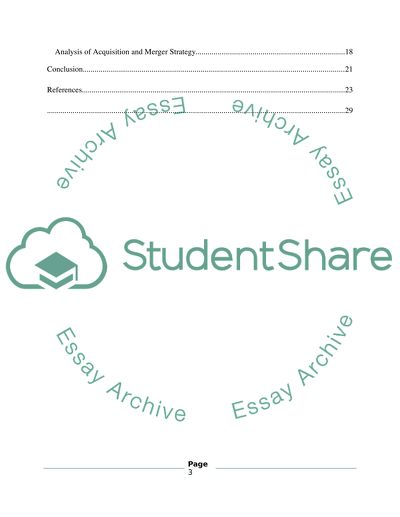Cite this document
(“Vodafone international marketing strategy Case Study”, n.d.)
Retrieved from https://studentshare.org/marketing/1422549-vodafone-international-marketing-strategy
Retrieved from https://studentshare.org/marketing/1422549-vodafone-international-marketing-strategy
(Vodafone International Marketing Strategy Case Study)
https://studentshare.org/marketing/1422549-vodafone-international-marketing-strategy.
https://studentshare.org/marketing/1422549-vodafone-international-marketing-strategy.
“Vodafone International Marketing Strategy Case Study”, n.d. https://studentshare.org/marketing/1422549-vodafone-international-marketing-strategy.


